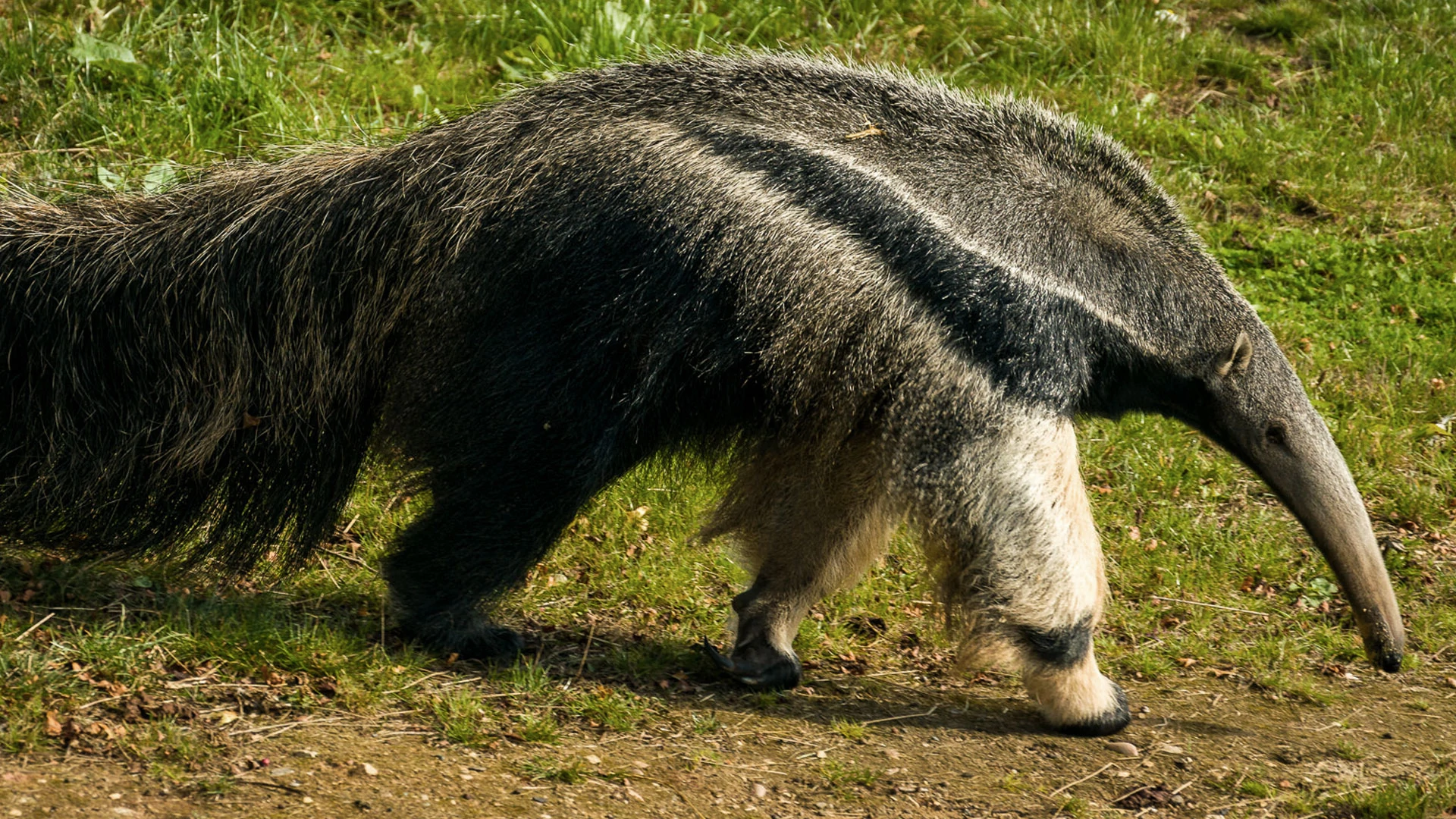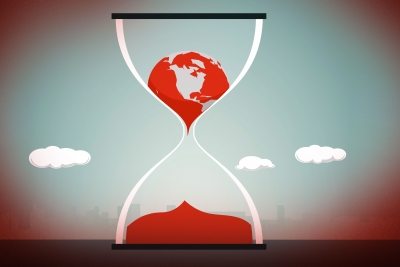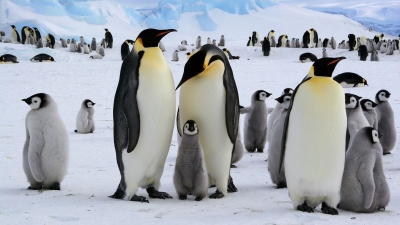We are in the middle of a mass extinction brought about by human activity.
What is mass extinction?
A vast number of species going extinct at one period in time is called mass extinction. It is also known as a biotic crisis, as it leads to a decline in the world’s biodiversity. In a mass extinction, species disappear faster than they are replaced by new species.
What are the causes of mass extinction?
Earlier extinctions took place due to natural causes like global climate change, fluctuating sea levels and catastrophic events like volcanic eruptions or asteroid impacts. However, the ongoing extinction is the result of human actions.
How many mass extinction events have occurred on the Earth?
The Ordovician-Silurian extinction, 444 million year ago; the Devonian extinction, 360 million years ago; the Permian extinction, 250 million years ago; the Triassic-Jurassic extinction, 201 million years ago; and the Cretaceous extinction, 65 million years ago. The first eliminated marine invertebrates, the second, tropical marine species. The third and the largest decimated most of the marine species and many terrestrial vertebrates, and the fourth destroyed all the Triassic reptiles. The fifth last was most likely caused by an asteroid hitting the Earth. It killed off dinosaurs of all species, including the remaining non-avian dinosaurs.
Are we facing a sixth mass extinction?
At present, we are in the middle of the sixth mass extinction, the Holocene extinction, which is entirely caused by the humans. It started 10,000 years ago with the beginning of agriculture and industrialization. Human activities like deforestation, climate change, and pollution have been major contributors.
These events wipe out numerous species, reshaping ecosystems and allowing the evolution of new species. They can disrupt habitats, biodiversity, ecological stru and food chains.
What is the impact of mass extinctions?
These events wipe out numerous species, reshaping ecosystems and allowing the evolution of new species. They can disrupt habitats, biodiversity, ecological structure and food chains.
Picture credit: Google





